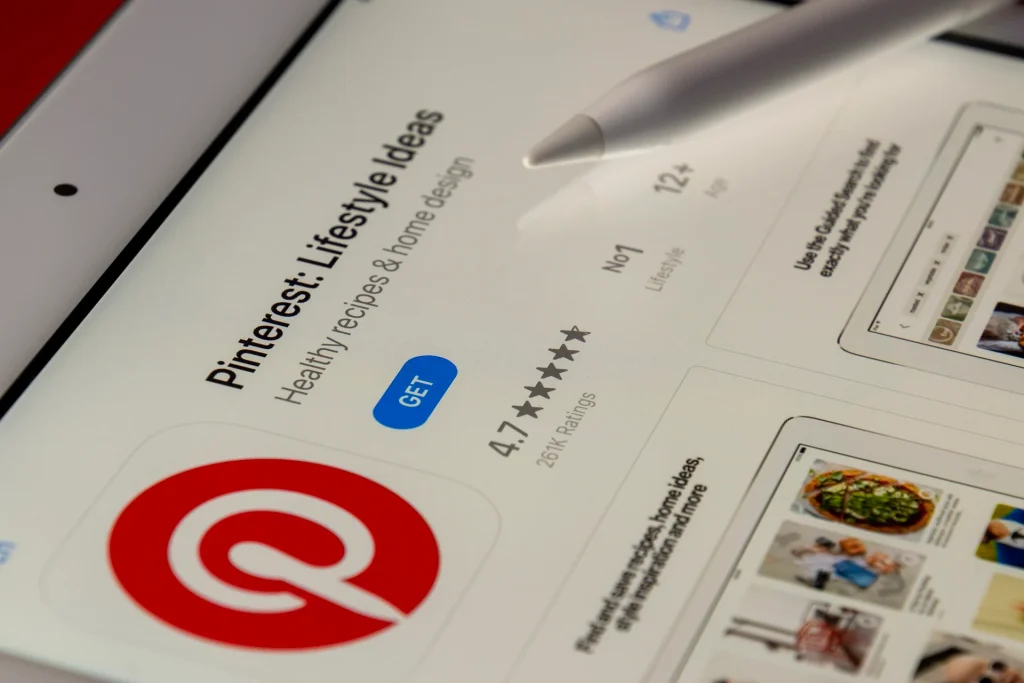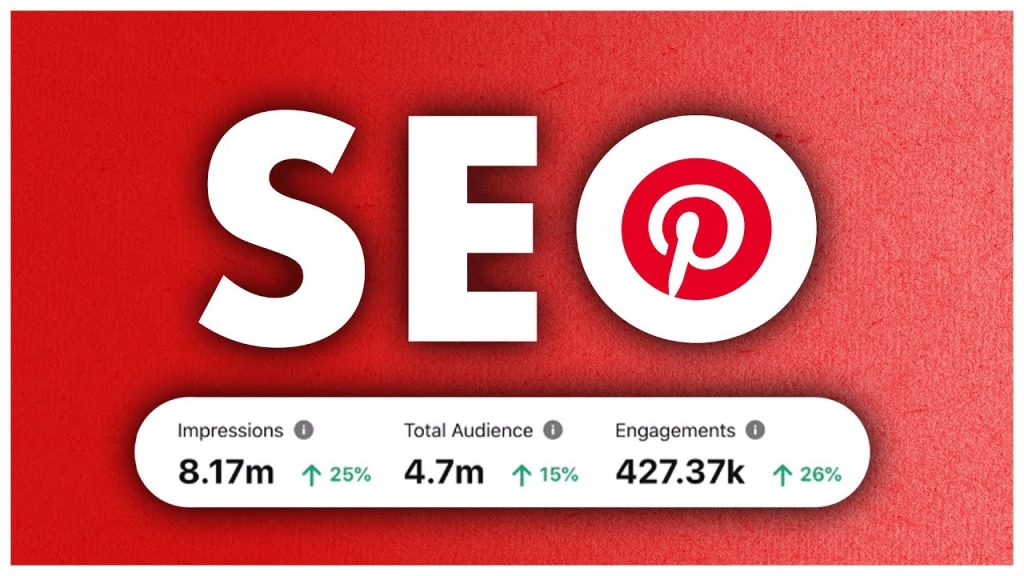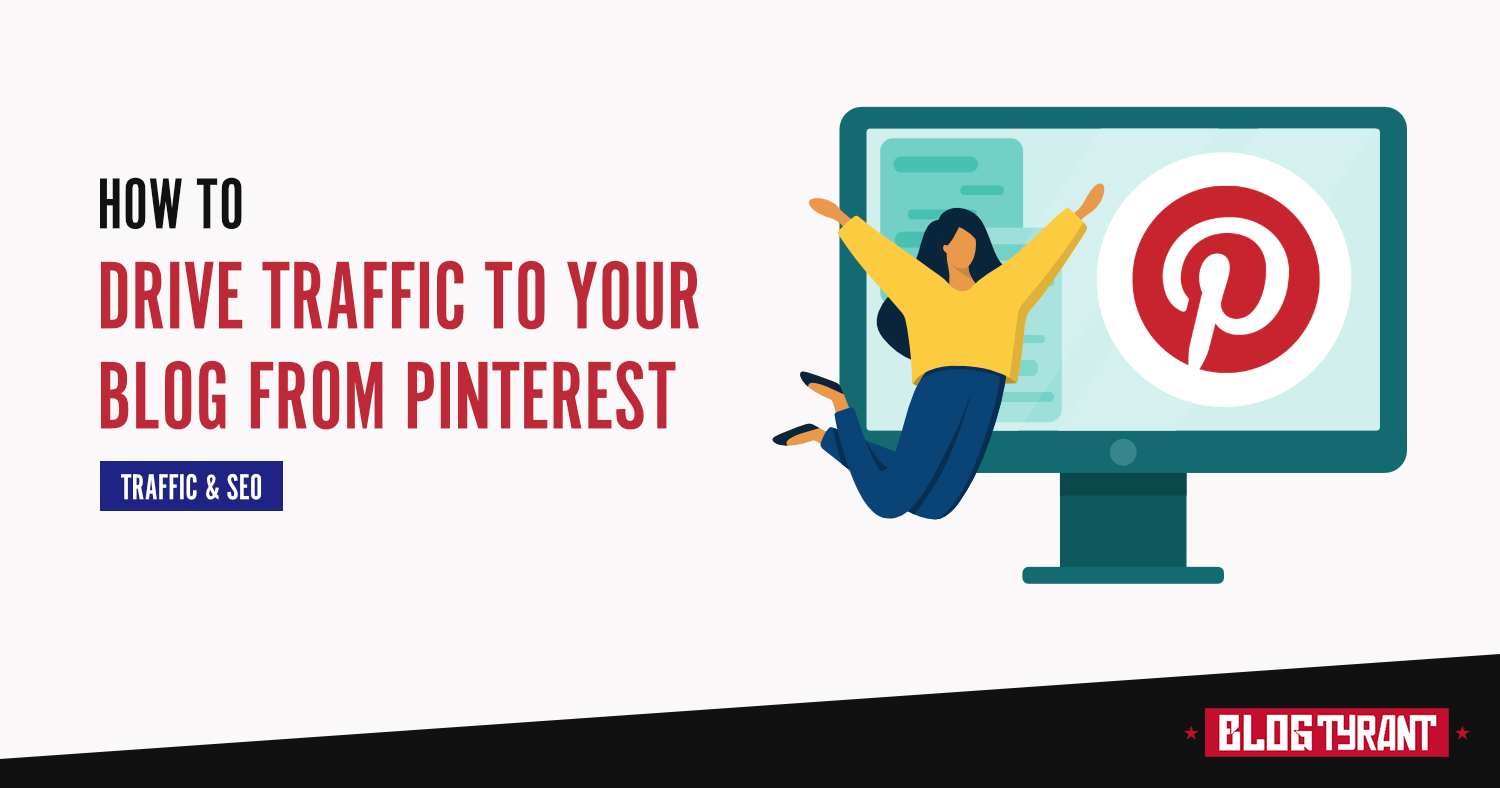In the world of digital marketing, driving traffic to your blog can feel like an uphill battle. Social media platforms such as Facebook and Instagram are popular, but Pinterest offers a unique opportunity to attract a highly engaged audience. Often described as a visual search engine rather than just a social network, Pinterest can be a game-changer for bloggers looking to increase traffic, build authority, and grow their audience. Here’s how to leverage Pinterest to generate massive blog traffic.
Understand Pinterest as a Visual Search Engine

Unlike other social platforms where content has a short lifespan, Pinterest content can remain discoverable for months or even years. This is because Pinterest functions as a search engine that organizes content by interests. Users actively search for solutions, tutorials, and inspiration, which means your blog posts can reach people who are already interested in your niche.
The key takeaway is that Pinterest is about long-term visibility. Pins (images linked to your blog posts) can continually attract traffic as long as they are properly optimized.
Optimize Your Pinterest Profile
Your Pinterest profile is your first impression. To ensure it drives traffic:
- Use a professional profile image – A recognizable logo or a professional photo builds credibility.
- Write a clear bio – Include keywords related to your niche to make your profile searchable.
- Enable Rich Pins – Rich Pins automatically pull metadata from your blog, giving your pins more context and making them more clickable.
A well-optimized profile ensures that every pin you post has maximum potential to attract visitors.
Create High-Quality, Vertical Pins
Pinterest is a highly visual platform, and pin quality can make or break your traffic strategy. Here’s how to create pins that stand out:
- Use vertical images – Vertical pins (aspect ratio 2:3) perform better in feeds.
- Incorporate clear, readable text – Overlay text on images to summarize the content of your blog post.
- Use vibrant colors and compelling visuals – Bright colors, contrast, and high-resolution images draw attention.
- Include your branding – Subtle branding helps build recognition and trust.
Remember, Pinterest is about inspiring action. Your pin should entice users to click through to your blog.
Pin Consistently and Strategically
Consistency is key to building traffic on Pinterest. Unlike platforms where content disappears quickly, Pinterest rewards ongoing activity.
- Create a pinning schedule – Tools like Tailwind or Canva can help you automate pins.
- Pin multiple times – Repin your content strategically to reach different audiences over time.
- Focus on your niche boards – Join group boards relevant to your blog topics to increase visibility.
The more consistently you pin, the higher the chances of your content being discovered and shared.
Optimize for Pinterest SEO

Pinterest SEO is crucial for traffic growth. Since Pinterest is a search engine, optimizing your pins for keywords ensures your content gets discovered.
- Use keywords in pin titles and descriptions – Think about what your target audience might search for.
- Add hashtags – Pinterest allows relevant hashtags to categorize your content.
- Keyword-optimize your boards – Name your boards with search-friendly terms related to your niche.
The goal is to make your pins and boards easy to find when users are searching for topics you cover in your blog.
Link Pins Directly to Your Blog
Every pin you post should include a clickable link to your blog post. Make sure the link goes directly to the relevant page instead of your homepage. This ensures that users land on the content that matches their search intent, increasing the likelihood of engagement and shares.
Additionally, always use compelling pin descriptions that create curiosity or promise a solution. This makes users more likely to click through.
Track Performance and Adjust
Pinterest provides analytics that shows which pins drive the most traffic. Monitor metrics such as impressions, clicks, and saves to understand what resonates with your audience. Use this data to:
- Repurpose high-performing pins – Refresh visuals or create new pins for the same blog post.
- Focus on your top topics – Create more content around the subjects your audience loves.
- Experiment with styles – Test different visuals, headlines, and pin formats to see what works best.
Continuous improvement ensures that your Pinterest strategy remains effective and scales over time.
Conclusion
Pinterest is more than just a social platform; it’s a powerful tool to drive massive blog traffic. By understanding its search-based nature, optimizing your profile, creating eye-catching pins, pinning consistently, leveraging Pinterest SEO, linking directly to your blog, and tracking performance, you can build a steady stream of engaged visitors. Bloggers who invest time in mastering Pinterest often see long-term traffic growth, making it one of the most valuable strategies for expanding your blog’s reach.
Start implementing these strategies today, and watch as Pinterest transforms your blog into a traffic-generating machine.


